We have a wide range of premium rubber compounds, designed by us, to suit the diverse requirements of our customers. In response to our commitment to deliver high quality compounds in assured time at competitive rates, our products are sold all over India as well as countries like USA, UK, Denmark, Poland, New Zealand and the Middle Eastern Gulf countries.
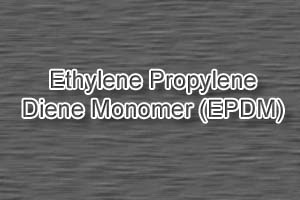
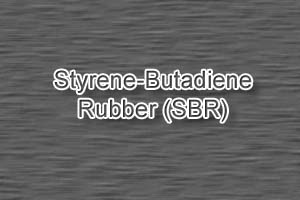
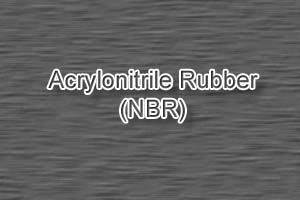
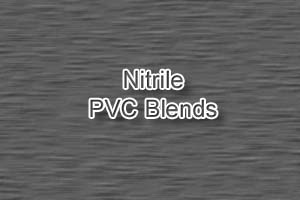
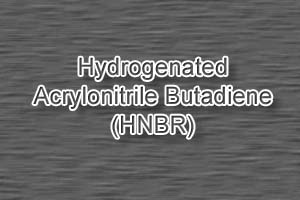
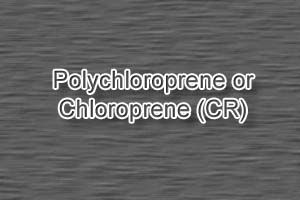
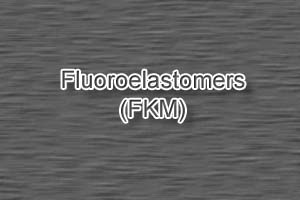
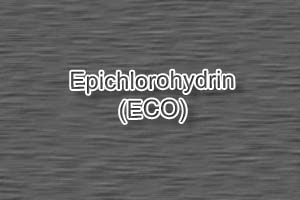
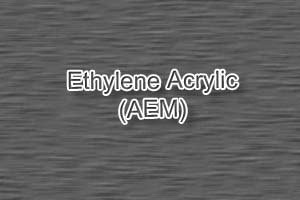
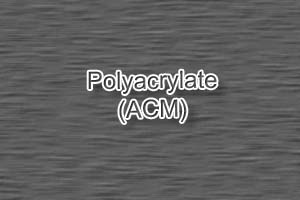
Our experienced management team will be happy to discuss with you directly for a mutually beneficial relationship.